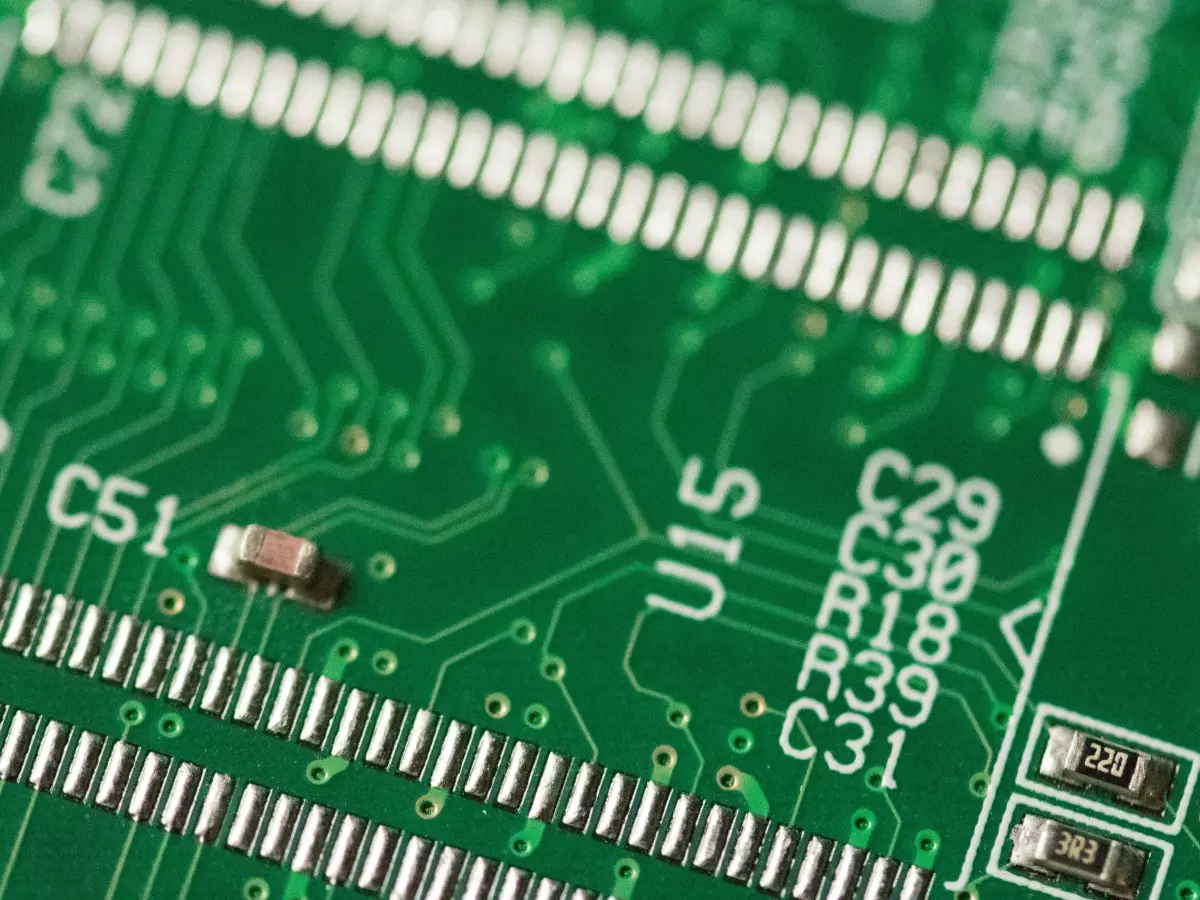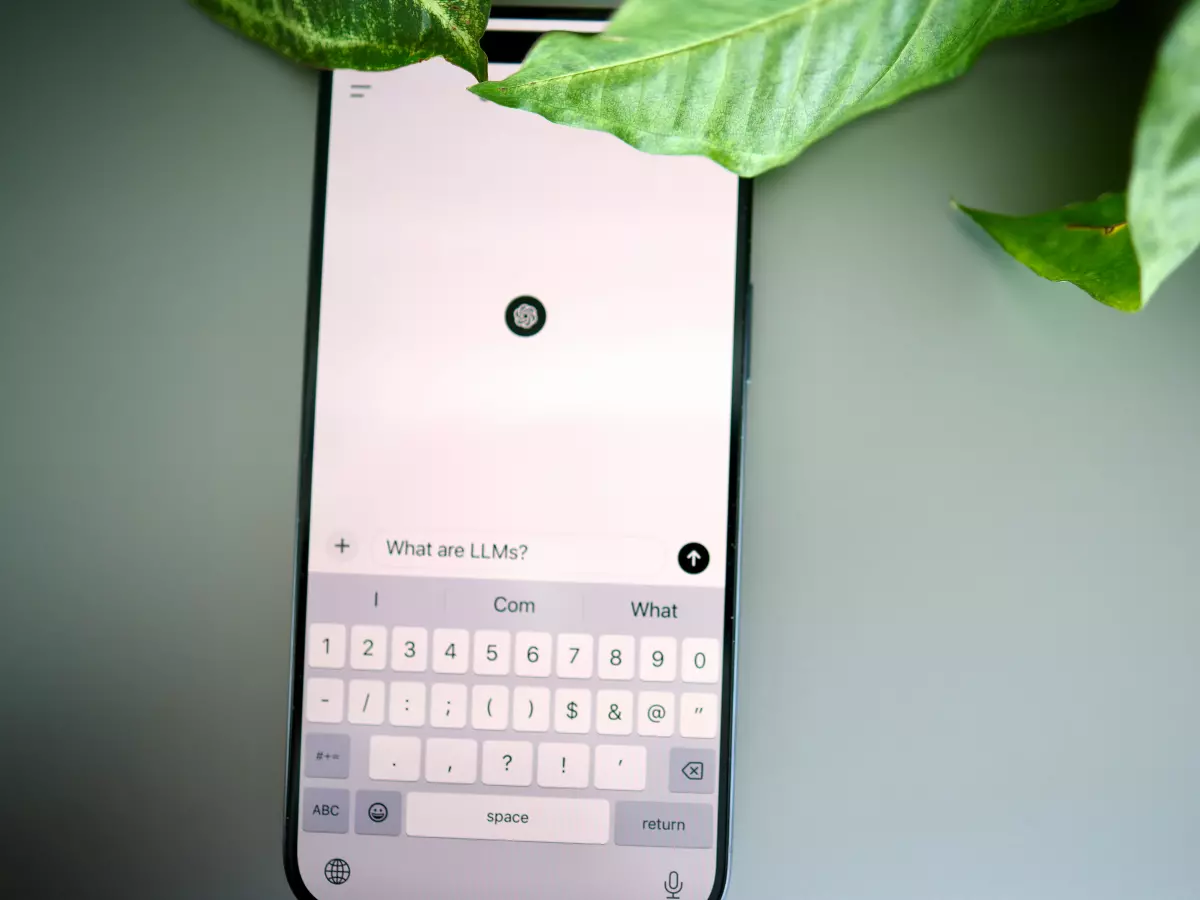Sound Matters
Ever wonder how your smartphone captures your voice with such clarity, even in noisy environments? It’s not magic—it’s your phone’s microphone working overtime, and the tech behind it is more fascinating than you might think.

By Sophia Rossi
Let’s be real: we’ve all been there, trying to record a voice note or make a call in a crowded café, only to be surprised by how well our phone picks up our voice while drowning out the background noise. So, what’s going on inside that tiny microphone hole? How does it manage to capture sound so clearly? Let’s dive into the world of smartphone microphones and see how they work their magic.
What’s Inside a Smartphone Microphone?
First things first: a smartphone microphone is a tiny, yet incredibly sophisticated, piece of hardware. Most modern smartphones use MEMS (Micro-Electro-Mechanical Systems) microphones. These little guys are built using semiconductor technology, which allows them to be super small while still packing a punch in terms of performance.
MEMS microphones work by converting sound waves into electrical signals. When you speak into your phone, sound waves hit a diaphragm inside the microphone. This diaphragm vibrates, and those vibrations are converted into electrical signals that your phone can then process. The result? Your voice, crystal clear, on the other end of the line.
Noise Cancellation: The Unsung Hero
But wait—how does your phone manage to pick up your voice so well, even in noisy environments? Enter noise cancellation. Most smartphones today come equipped with multiple microphones, not just one. These extra microphones are used to pick up ambient noise, which is then processed and filtered out, leaving only your voice.
This is where beamforming comes into play. Beamforming is a technique that allows your phone to focus on the sound coming from a specific direction—usually your mouth—while ignoring other sounds. It’s like having a spotlight on your voice, while everything else fades into the background.
Software Magic: Post-Processing
Of course, hardware alone isn’t enough to deliver that crystal-clear sound. Your phone’s software plays a huge role in cleaning up the audio. Once the microphone captures the sound, the phone’s software goes to work, using algorithms to enhance your voice and reduce background noise even further.
Some phones even use AI-powered noise reduction, which learns to recognize and filter out specific types of noise, like wind or traffic. So, the next time you’re on a call while walking down a busy street, you can thank the software for making sure the person on the other end can hear you loud and clear.
Why Microphones Matter in Today’s Smartphones
In the age of voice assistants like Siri, Google Assistant, and Alexa, the quality of your smartphone’s microphone has never been more important. These assistants rely on your phone’s microphone to pick up voice commands accurately, even from across the room. A poorly performing microphone could mean the difference between your assistant understanding “play music” and “order pizza.”
And let’s not forget about video recording. Whether you’re vlogging, making TikToks, or just recording a family event, the quality of the audio is just as important as the video. A good microphone ensures that your voice is heard clearly, without any annoying background noise.
What’s Next for Smartphone Microphones?
As smartphones continue to evolve, so too will their microphones. We’re already seeing advancements in 3D audio recording, which allows your phone to capture sound in a way that mimics how we hear in real life. This could be a game-changer for everything from video calls to virtual reality experiences.
There’s also talk of directional microphones becoming more common in smartphones. These microphones would be able to focus even more precisely on the sound coming from a specific direction, making your voice sound even clearer during calls or recordings.
In the future, we might even see smartphones with adaptive microphones that can adjust their sensitivity based on the environment. Imagine your phone automatically boosting its microphone sensitivity when you’re in a quiet room, or lowering it when you’re in a noisy one. The possibilities are endless!
Final Thoughts
So, the next time you’re on a call or recording a voice note, take a moment to appreciate the tiny, yet mighty, microphone inside your smartphone. It’s doing a lot more than you might think, working hard to make sure your voice is heard loud and clear, no matter where you are.
Funny enough, I once tried recording a podcast in a bustling coffee shop, thinking it would be a disaster. To my surprise, my phone’s microphone picked up my voice perfectly, while the background noise was barely noticeable. It was a small reminder of just how far smartphone technology has come—and how much we take it for granted.





